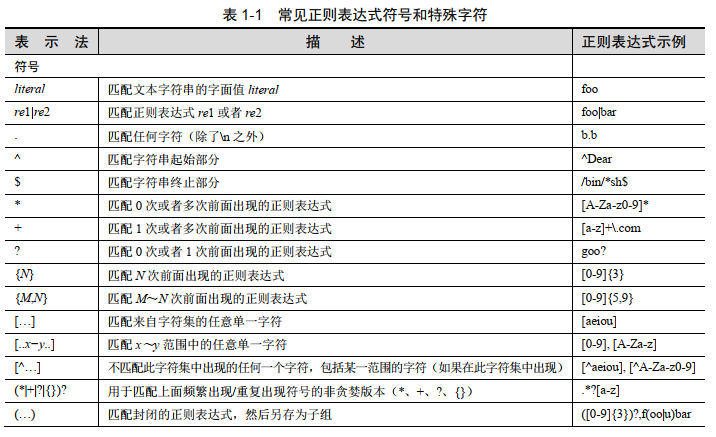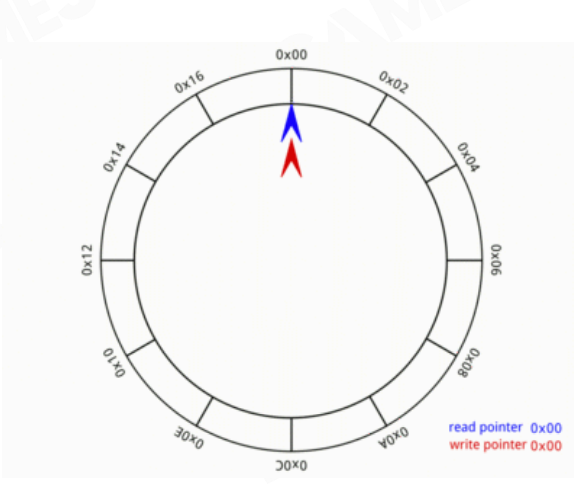总概
1.Old-style, New-style class
Old-style classes class Person (): _names_cache = {} def __init__ (self,name ): self.name = name def __new__ (cls,name ): return cls._names_cache.setdefault(name,object .__new__(cls,name)) ahmed1 = Person("Ahmed" ) ahmed2 = Person("Ahmed" ) print ahmed1 is ahmed2print ahmed1print ahmed2New-style classes class Person (object ): _names_cache = {} def __init__ (self,name ): self.name = name def __new__ (cls,name ): return cls._names_cache.setdefault(name,object .__new__(cls,name)) ahmed1 = Person("Ahmed" ) ahmed2 = Person("Ahmed" ) print ahmed2 is ahmed1print ahmed1print ahmed2
2.字符串拼接的性能对比
import randomL = 400000 s1 = '' .join([chr (random.randint(45 , 90 )) for i in xrange(L)]) s2 = '' .join([chr (random.randint(45 , 90 )) for i in xrange(L)]) s3 = '' .join([chr (random.randint(45 , 90 )) for i in xrange(L)]) s4 = '' .join([chr (random.randint(45 , 90 )) for i in xrange(L)]) s5 = '' .join([chr (random.randint(45 , 90 )) for i in xrange(L)]) import timeitm = 2000 print timeit.Timer('s="".join((s1,s2,s3,s4,s5))' , 'from __main__ import s1,s2,s3,s4,s5' ).timeit(m) print timeit.Timer('s=string.join((s1,s2,s3,s4,s5))' , 'from __main__ import s1,s2,s3,s4,s5; import string' ).timeit(m) print timeit.Timer('s=s1; s+=s2; s+=s3; s+=s4; s+=s5' , 'from __main__ import s1,s2,s3,s4,s5' ).timeit(m) print timeit.Timer('s=s1+s2+s3+s4+s5' , 'from __main__ import s1,s2,s3,s4,s5' ).timeit(m)print timeit.Timer('s="%s%s%s%s%s"%(s1,s2,s3,s4,s5)' , 'from __main__ import s1,s2,s3,s4,s5' ).timeit(m)
3.对象类型
一切都是对象, int,float等基础类型都是对象。但除了关键字!
isinstance (type (A), object )isinstance (type (type (A)), object )isinstance (type , object )isinstance (staticmethod , object )
import, class, def, pass, return 等不是对象
4.迭代器
自定义迭代器实现:
迭代器的使用,如图非标注的函数返回不是迭代器,则会产生一定的性能问题
简单实例
class FooIterator(object): def __init__(self, foo): self._list = foo self._cur = 0 def next(self): if self._cur < len(self._list): res = self._list[self._cur] self._cur += 1 return res else: return StopIteration class Foo(object): def __init__(self): self._list = [1,2,3,4,5] def __iter__(self): return FooIterator(self) def __len__(self): return len(self._list) def __getitem__(self, item): return self._list[item] a = Foo() for a1 in a: for b1 in a: if a1 is StopIteration: break if b1 is StopIteration: break print (a1,b1)
class Foo (object ): def __init__ (self ): self._list = [1 ,2 ,3 ,4 ,5 ] def __iter__ (self ): return iter (self._list ) def __len__ (self ): return len (self._list ) def __getitem__ (self, item ): return self._list [item]
方法三:yield 形式
问题:
print foo().next () print foo().next () print foo().next () print foo().next ()
foo()在没有引用时会被销毁,在下一行初始化时内存会命中同一块地址空间,虽然地址相同,但实际是一个全新的对象。
方法四:Closure闭包
5. Name-space vs Object-space
C++中输出是不影响的,但python中是会影响到
class CSV (object ): def __init__ (self ): self._list = [91 , 92 , 93 ] def push (self, item ): self._list = item def show (self ): print self._list if __name__ == '__main__' : mylist = [1 , 2 , 3 ] obj = CSV() obj.push(mylist) obj.show() mylist[1 ] = 99 obj.show()
搜索顺序:buildin
报错4.1:counter的解释:
*写的操作将打断往外的搜索顺序
*解决方案:使用counter[0]替代counter
6. Reflection 反射
C++原生不支持,JAVA,PYTHON,C#都是支持的
python:
dir: 返回所有可用.访问的所有名字
dict :返回所有的name space空间
实例1:
class A (object ): def fox (self ): print "fox" def dog (self ): print 'dog' def cat (self ): print 'cat' if __name__ == '__main__' : a1 = A() a2 = A() a1.fox() a2.fox() A.fox = dog a1.fox() a2.fox() A.fox = cat a1.fox() a2.fox()
输出:
dog
cat
实例2:
a1 = A() a2 = A() a1.fox() a2.fox() import newa2.fox = new.instancemethod(cat, a2, A) a2.fox() a1.fox()
输出:
实例3:
print dir (a1)print dir (a2)print '-' * 30 print a1.__dict__print a2.__dict__
输出:
['__class__', '__delattr__', '__dict__', '__doc__', '__format__', '__getattribute__', '__hash__', '__init__', '__module__', '__new__', '__reduce__', '__reduce_ex__', '__repr__', '__setattr__', '__sizeof__', '__str__', '__subclasshook__', '__weakref__', 'fox'] ['__class__', '__delattr__', '__dict__', '__doc__', '__format__', '__getattribute__', '__hash__', '__init__', '__module__', '__new__', '__reduce__', '__reduce_ex__', '__repr__', '__setattr__', '__sizeof__', '__str__', '__subclasshook__', '__weakref__', 'fox'] ------------------------------ {} {'fox': <bound method A.cat of <__main__.A object at 0x000000000330FDC8>>}
实例4:
print '-' * 30 print a1.__dict__print a2.__dict__A.fox = duck a1.fox() a2.fox() print '-' * 30 print a1.__dict__print a2.__dict__
输出:
------------------------------ {} {'fox': <bound method A.cat of <__main__.A object at 0x00000000037CFE88>>} duck cat ------------------------------ {} {'fox': <bound method A.cat of <__main__.A object at 0x00000000037CFE88>>}
解释:a2的由于局部空间还是cat
实例5:
del a2.__dict__["fox" ]a1.fox() a2.fox() print '-' * 30 print a1.__dict__print a2.__dict__
结果:
duck duck ------------------------------ {} {}
7.对象生命周期
引用计数,计数为0清空
GC回收机制
8.mutable vs immutable
def foo (v, items = [], added= True ): if added: items.append(v) print items foo(1 ) foo(2 ) foo(3 , added=False )
输出:
注:不要将可变对象做为默认参数值
修改:使用None这种非可变对象做为默认参数
def foo (v, items = None , added= True ): if added: if items is None : items = [] items.append(v) print items foo(1 ) foo(2 ) foo(3 , added=False )
9.== 与 is
注:
10.import语义
执行期的内容
Load the module:
1.首先检测是否有,没有则打开m相关的载体,
2.创建模块对象,放至到sys.modules
3.在module的namespace中顺序执行所有语句
module层级不建议写大消耗代码
使用from import时,会建立一个新的映射。因此不建议使用from import变量,可以使用函数。==一定要小心使用 ==
不建议使用 from m import * 导致严重污染到当前命名空间
总结


























